
Making Space at the Table
NAP Contemporary’s group show, The Elephant Table, platforms six artists and voices—creating chaos, connection and conversation.
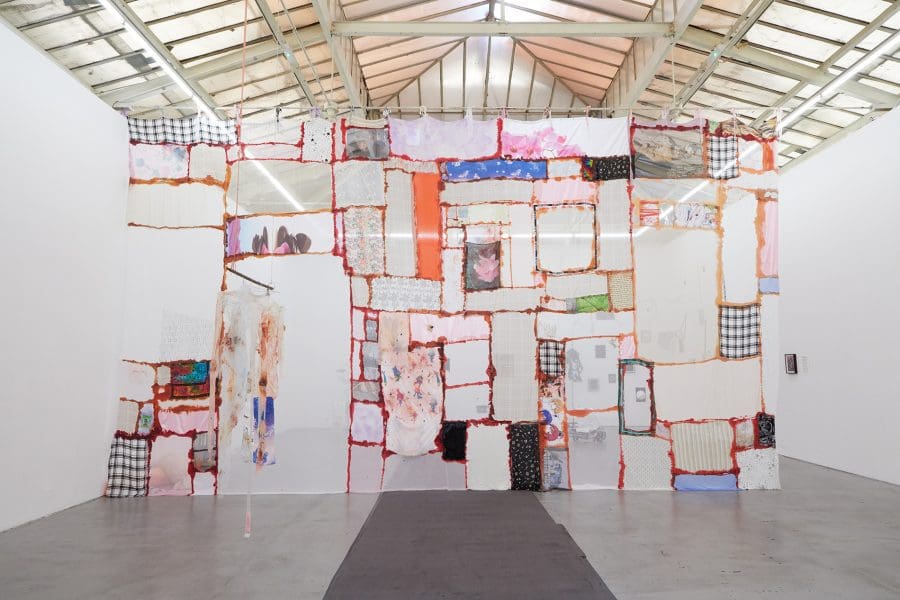

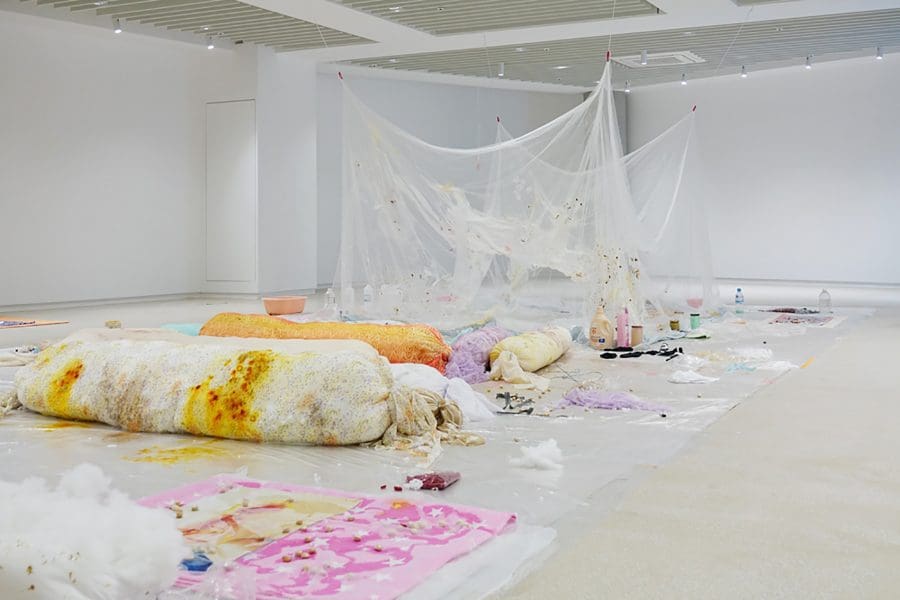
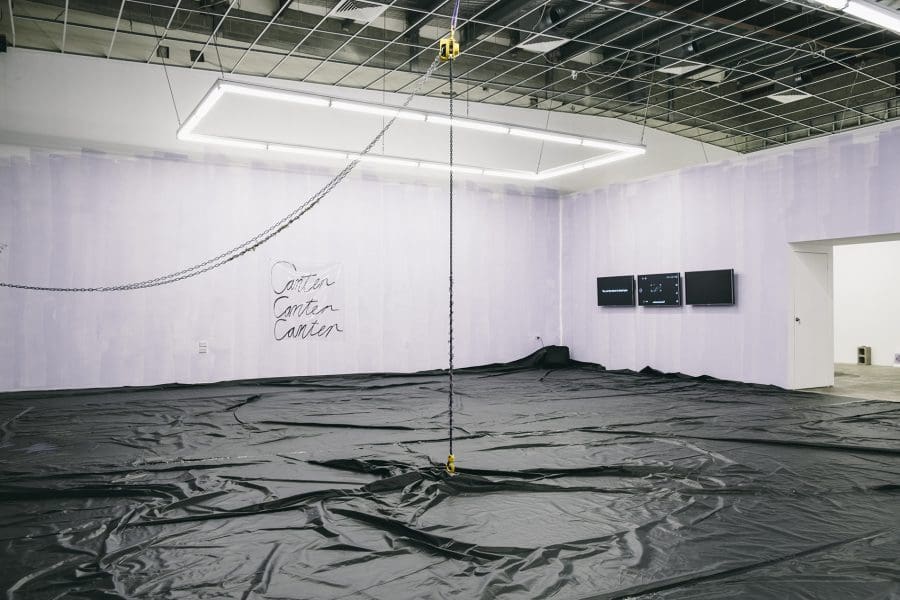
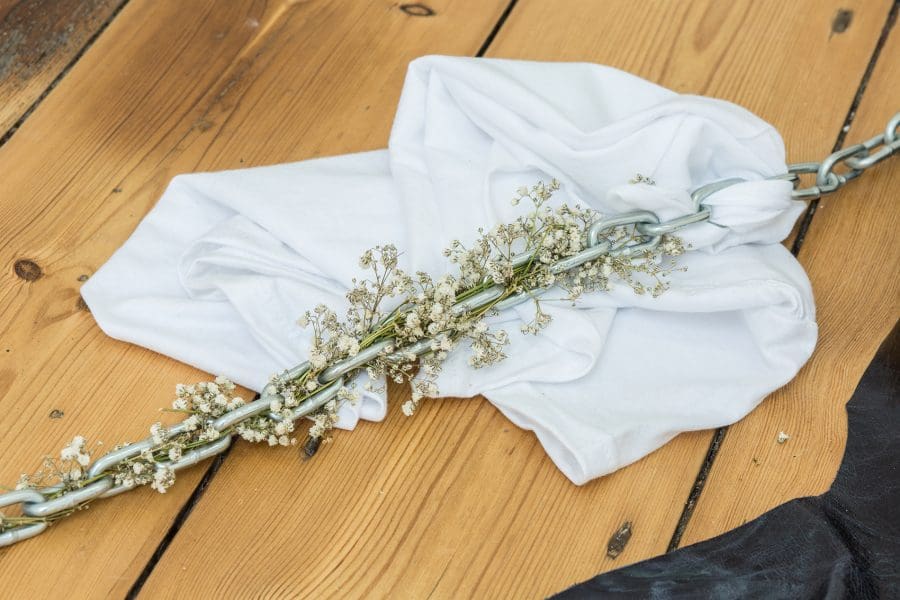
Overlapping Magisteria is the name of the 2020 Macfarlane Commissions on show at the Australian Centre for Contemporary Art (ACCA). The exhibition takes its name from the idea that science and religion are entirely separate, non-overlapping realms of enquiry – one about material facts, the other about immaterial values. While the exhibition is not so much about religion, it does offer a counterargument to that kind of compartmentalised thinking by presenting five artists who blend multiple ways of sensing, experiencing and understanding the world.
ACCA curator Miriam Kelly worked closely with artistic director and CEO Max Delany to develop the exhibition. It began as a discussion about the Anthropocene, she says, but quickly expanded to consider the deeper issues around the “the lingering divide between nature and culture.” The five selected artists have all been supported to make new work, and the results include large-scale and kinetic installations, and site-specific interventions into the gallery architecture.
Sam Petersen has squished flesh-coloured plasticine into the COR-TEN steel of the entrance, as well as other gaps in the gallery. Her practice deals with her experiences living with a disability and the politics around that. In a past solo exhibition, My Pee is Political, she covered the windows of Darren Knight Gallery in yellow plasticine, casting the gallery in a warm yellow glow. In this new work, I’m still feeling it, 2020, the plasticine has a “slightly oozing sensibility,” says Kelly. It speaks about softness, yielding bodies and rigid architecture, but is also a record of the artist’s touch and presence. Petersen’s spoken word performances will also be part of the exhibition programming.
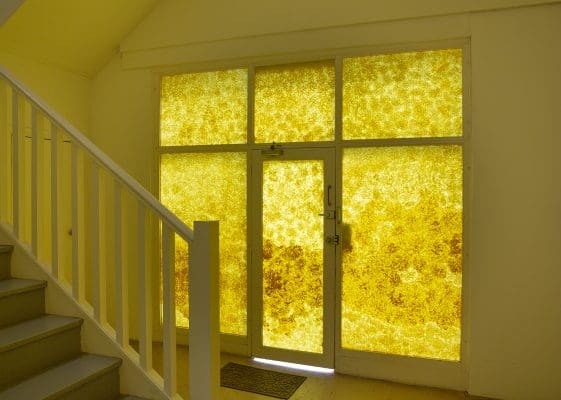
Sidney McMahon’s Of sorrow and release, 2020, is a series of black banners that are raised and inflated like sails as visitors move through the gallery. It’s a response to the “visibility of the air” during the last bushfire season, says Kelly, but as the banners start to move, they also take on other shapes. “One of them is Sidney’s body scale, and feels like an enveloping cloak,” she says. This connects to McMahon’s experiences with gender identity, inhabiting a space that wasn’t their truth, and the clothing that became a kind of protective skin for them as they transitioned. “Even though the body is absent in these, it’s very much about that presence [and] how you are enveloped in the environment,” says Kelly.
Isadora Vaughan’s immersive installation Ogives, 2020, combines biological matter, ceramics and agricultural equipment to consider the way that material technologies shape our world. French artist Mimosa Echard also blends the natural and artificial in an installation where beaded strings hang “like bodily fluids,” says Kelly.
Robert Andrew has made a large-scale kinetic work that runs off a Cartesian plotting device. He has fed it Yawuru words and as the machine moves around, it tugs strings that are tied to pieces of ochre, charcoal and oxide-dipped branches. Rather than translating or constraining these Yawuru words into written English, Andrew’s machine tries to give them freedom to move. The marks left on the wall accumulate over the course of the exhibition. “It’s talking about the experience of translation and the impossibility of translation,” says Kelly.
Overlapping Magisteria: The 2020 Macfarlane Commissions
Australian Centre for Contemporary Art (ACCA)
5 December 2020 – 15 March 2021
ACCA will reopen on Saturday 5 December 2020.